Moments come when we see clearly. Sometimes it’s the moment our eyes fall upon a photograph.
In August of 2005, many people who lived outside the United States found themselves struggling to reconcile their image of America with the pictures everywhere in the news. A hurricane had swamped New Orleans, but what shocked foreigners was not so much the floodwaters as the poverty of the neighborhoods being inundated. They had had no idea that anyone in America lived like that.
What if we know our country no better than a Dane does? Anyone who’s ever been ambushed by a mirror understands the role of self-delusion. We prefer to see ourselves at certain angles. So the eye flicks away from the shock, and the mind gets a moment to pull itself together. It’s not that we do not recognize unguarded reality. We just prefer not to see it.
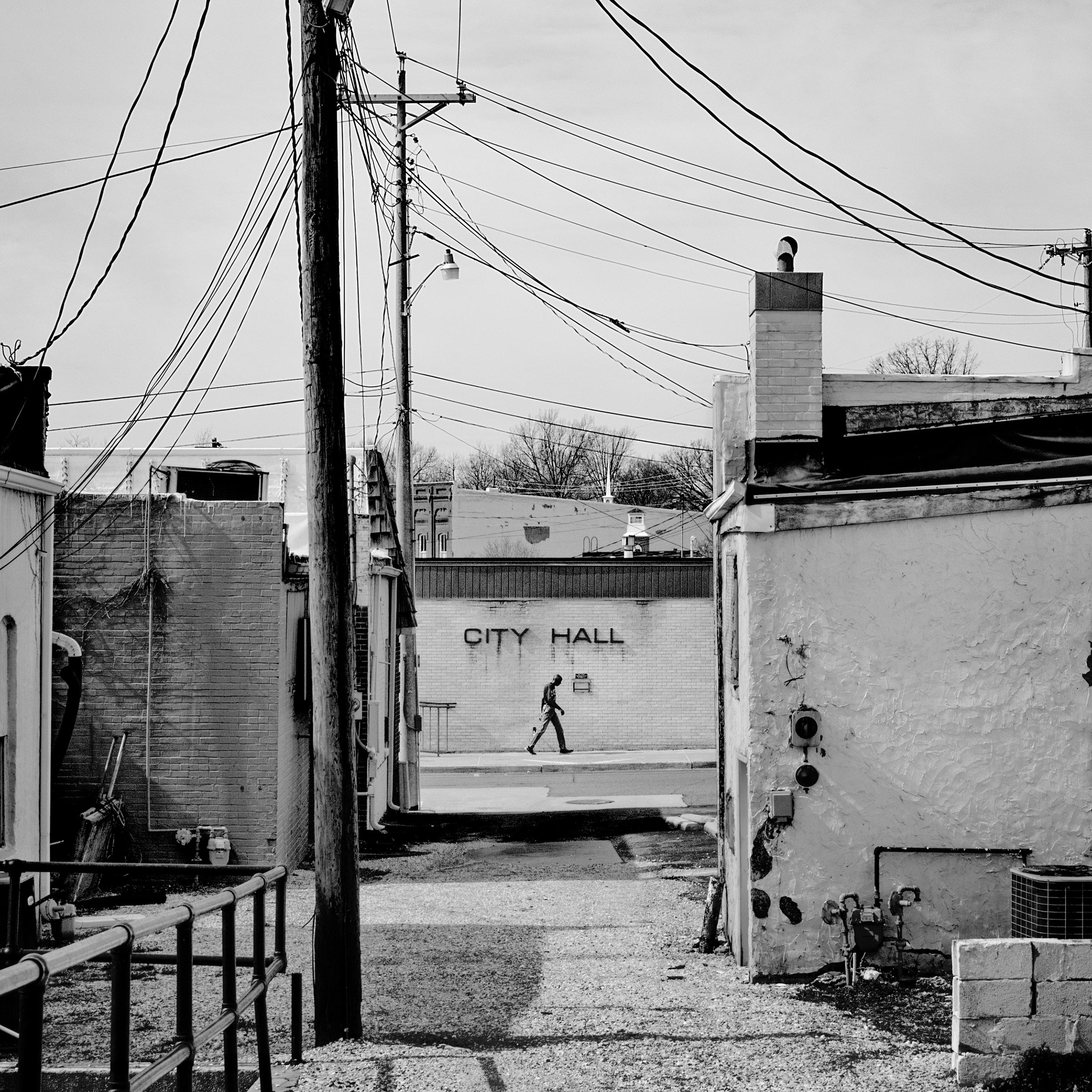
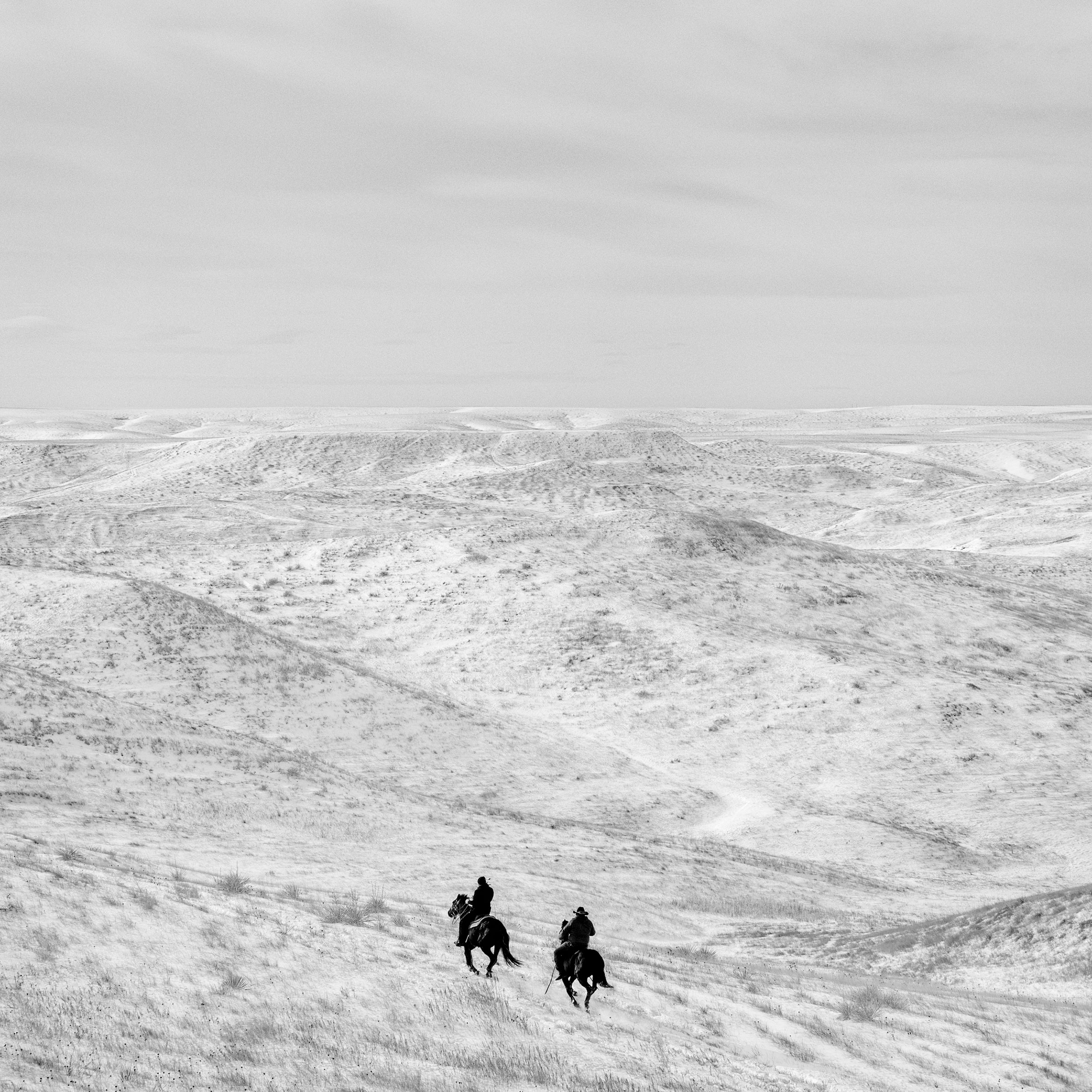
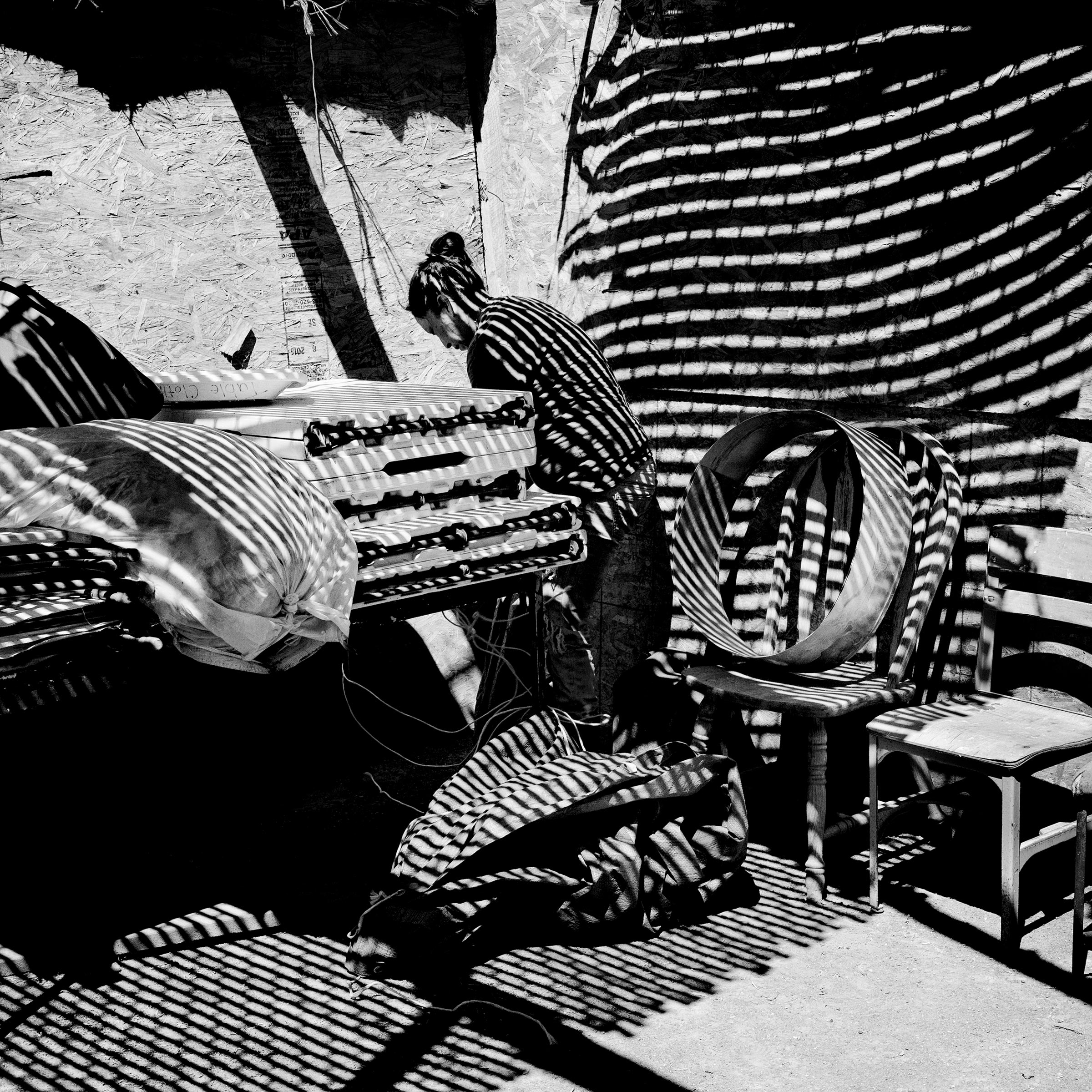
Photographer Matt Black believes something like that has been going on inside the U.S. Americans cherish the notion of their country as the land of opportunity, a place where anyone can “pick yourself up by the bootstraps, all those sorts of things,” Black says. He absorbed them along with everyone else growing up in California’s Central Valley. But taking pictures for a local newspaper meant recording a reality that challenged “these mythologies that this country is built on.”
He wondered: “How many other places like this are there in America? It was this kind of base question gnawing at me for many years: Just go see. Go see from this kind of ground level perspective what the country actually looks like.”
So he did. Starting in 2014, Black spent six years circumnavigating the Lower 48, once by Greyhound, four times driving a van. Where he went was determined by income. “Concentrated poverty, it takes different forms,” Black says. “The threshold of 20 percent is a key one.”

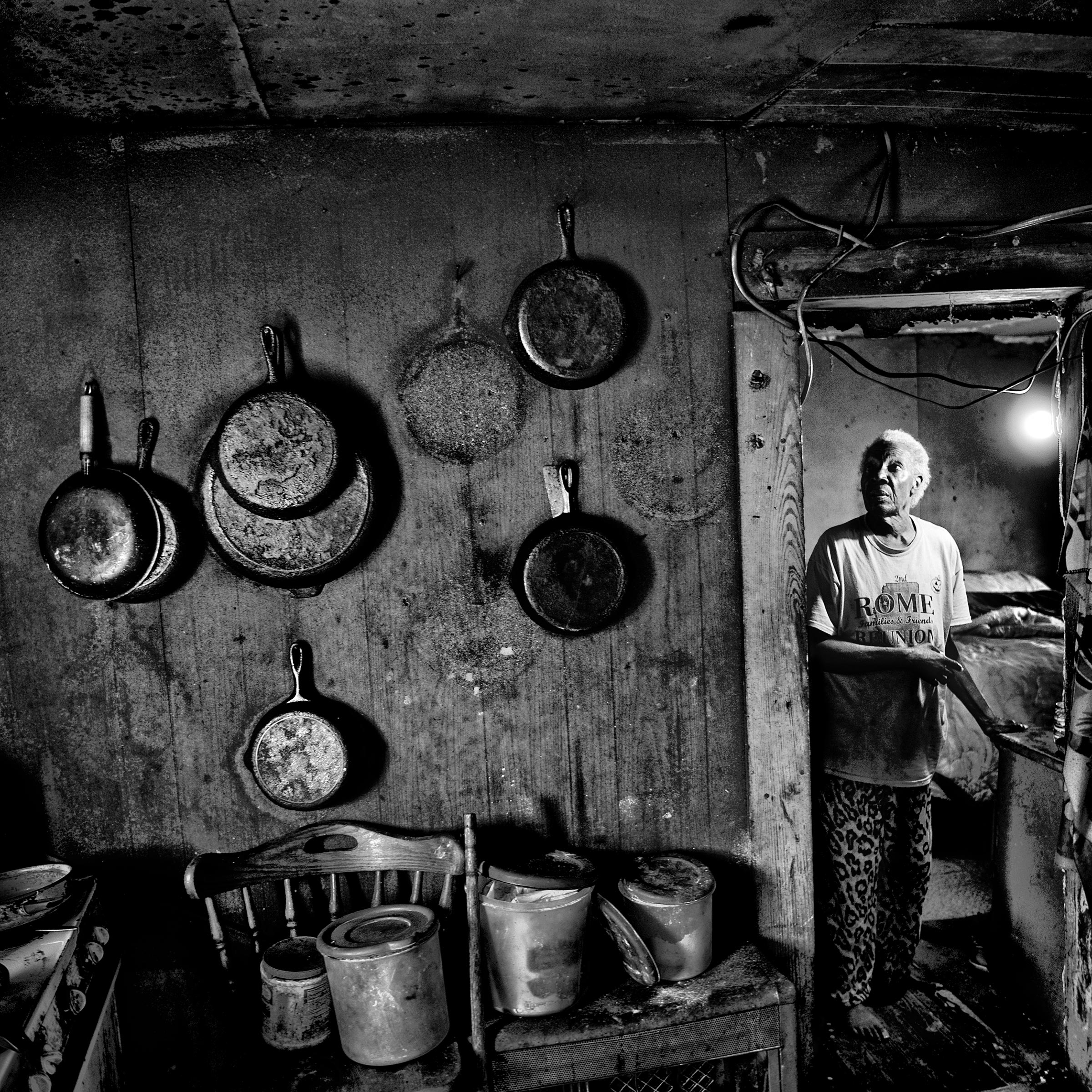


To plan his route, he sat down with a map and the U.S. Census “and just started making dots.” The idea was to see if he could traverse the nation and return home without climbing above the poverty line. He found that he could, by allowing just two hours’ driving time between dots. “Which blew my mind, honestly,” Black recalls. “It felt like a discovery. It’s something I’d never seen done before, or thought of before, so even before I started traveling I felt like something really significant had been revealed.”
***
There is an austere economy to American Geography, published by Thames & Hudson: From 46 states and 100,000 miles, 77 images, each in the high-contrast black and white he learned as a newspaper photographer in the glare of inland California.
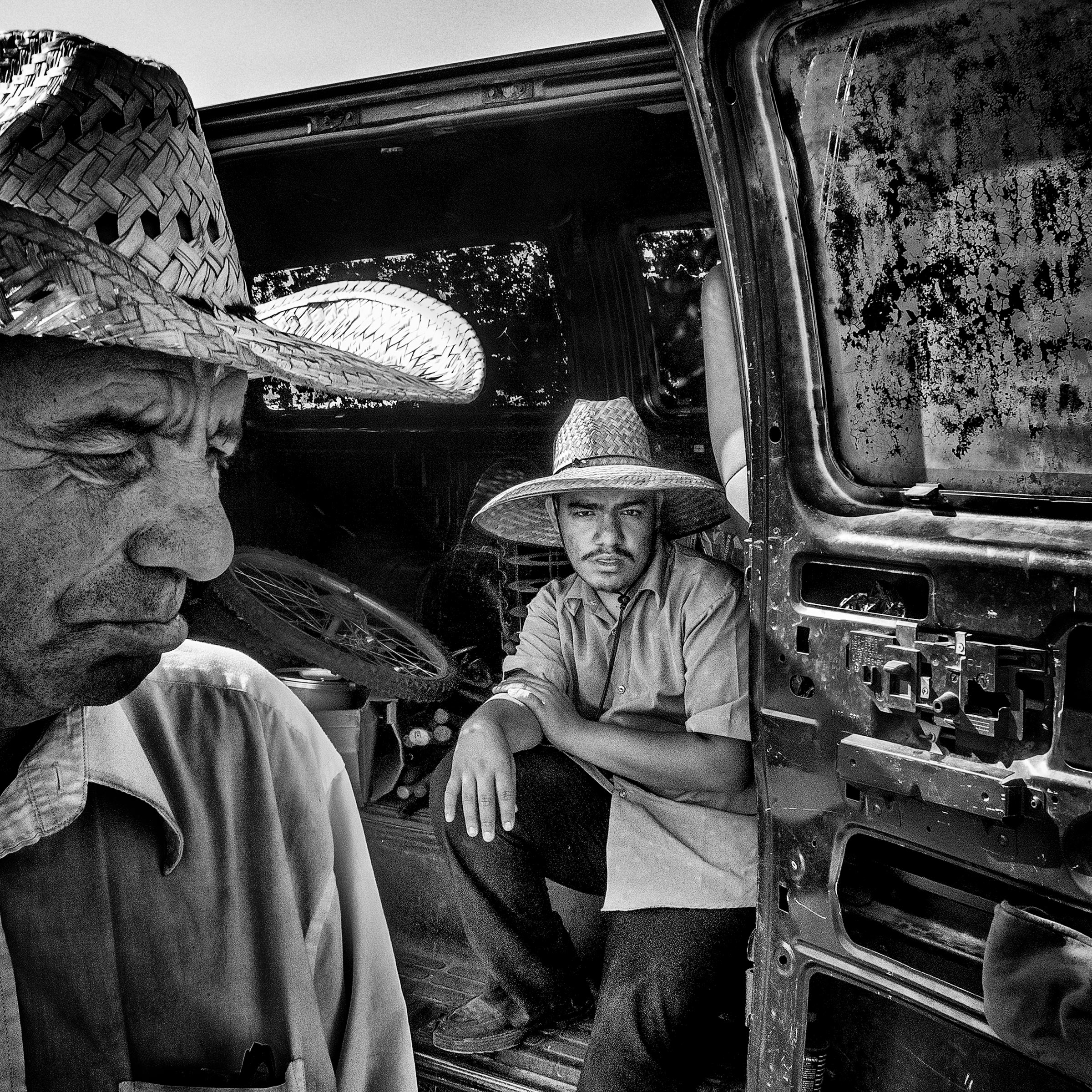
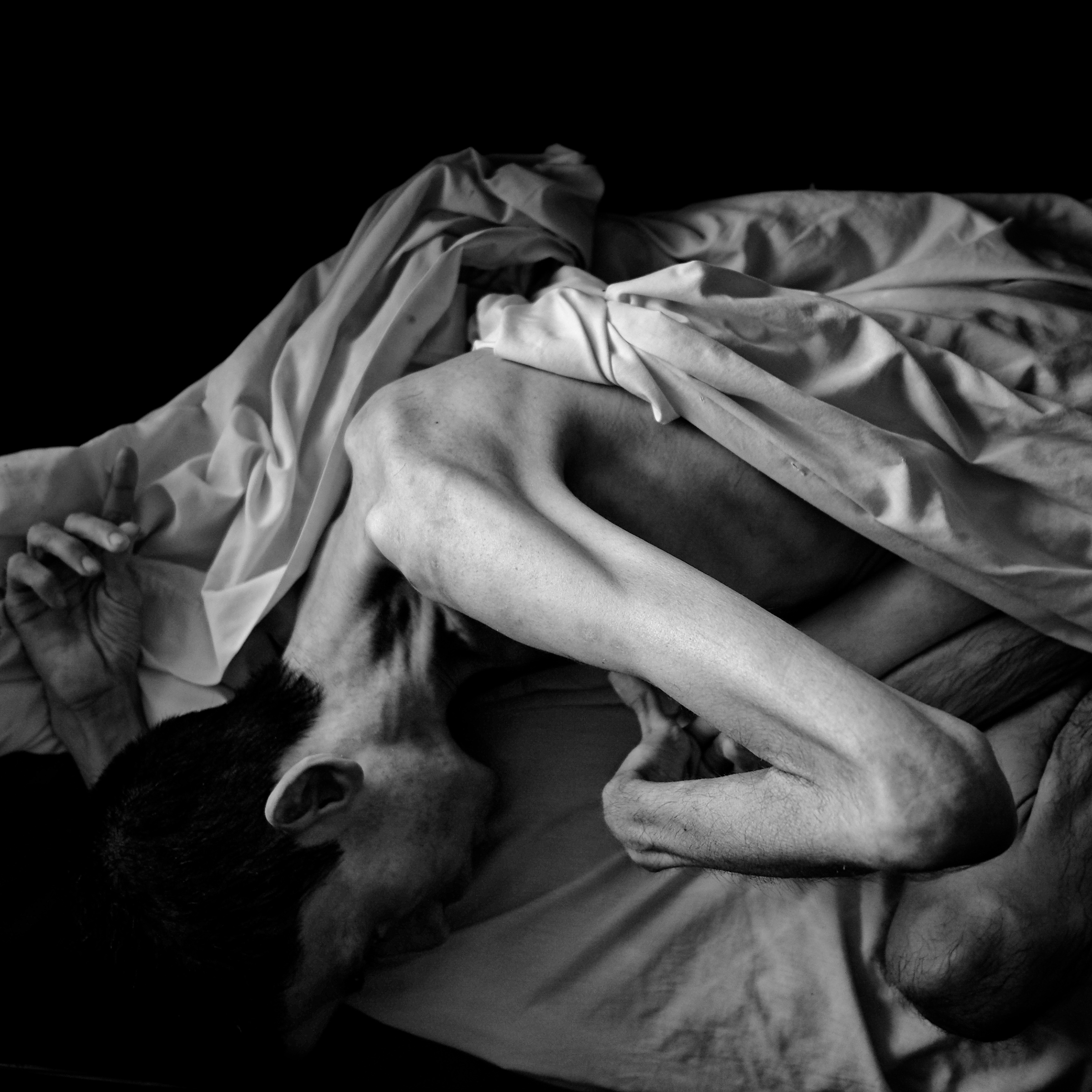
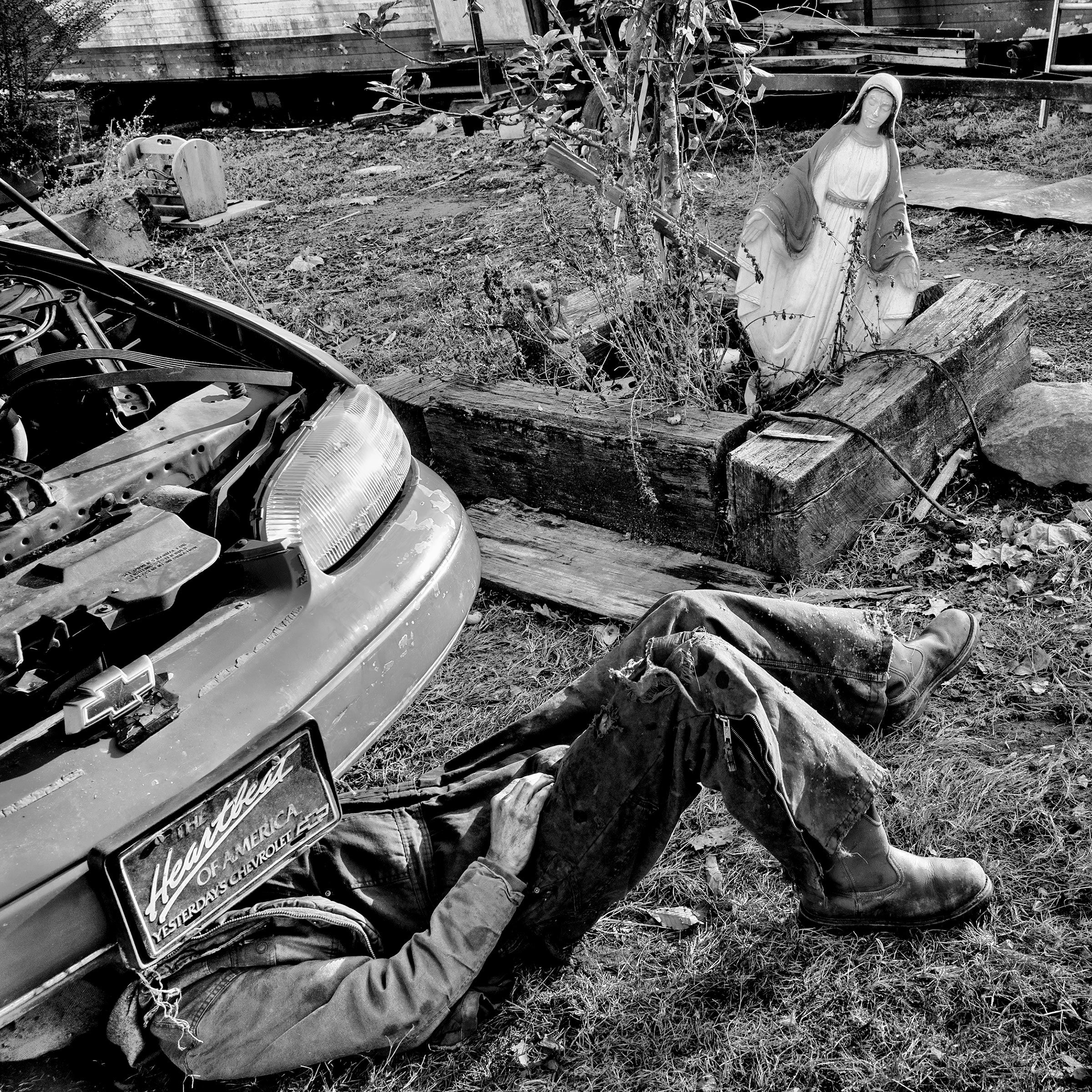
The book is about people, but Black does a great deal with emptiness. Partly, no doubt, because rural America has been left behind. But desolation is not a crowded place. The volume has four chapters: South and West, South and East, North and East, North and West. Each concludes with three or so pages of entries from his notebooks, as spare and understated as the photographs.
Monday, November 5, 2018
Farmington, NM
At dinner time, at Chef Bernie’s Cafeteria Restaurant, two girls go from booth to booth, selling holiday wreaths. Shiny and metallic, the wreaths add a jolt of electric color to the drab cafeteria interior. “Would you like to be interested,” the younger girl, about six, asks as she moves from table to table.
He has made art from flattened things: plastic forks, cigarette packs, cardboard signs, lotto cards, all textured by asphalt, and each taking on an incantatory aspect as they flash past on the website that complements the book. The site is a wonderful construction. It includes GPS maps tracking Black’s movements on foot through, for example, Comstock, Texas, and his Greyhound luggage tag to Calexico. There are maps made up of place names, of Google drop pins, of the lines between stops – the allurements of cartography, and the nominal romance of the road, deployed this time in the service not of escape but of capture.
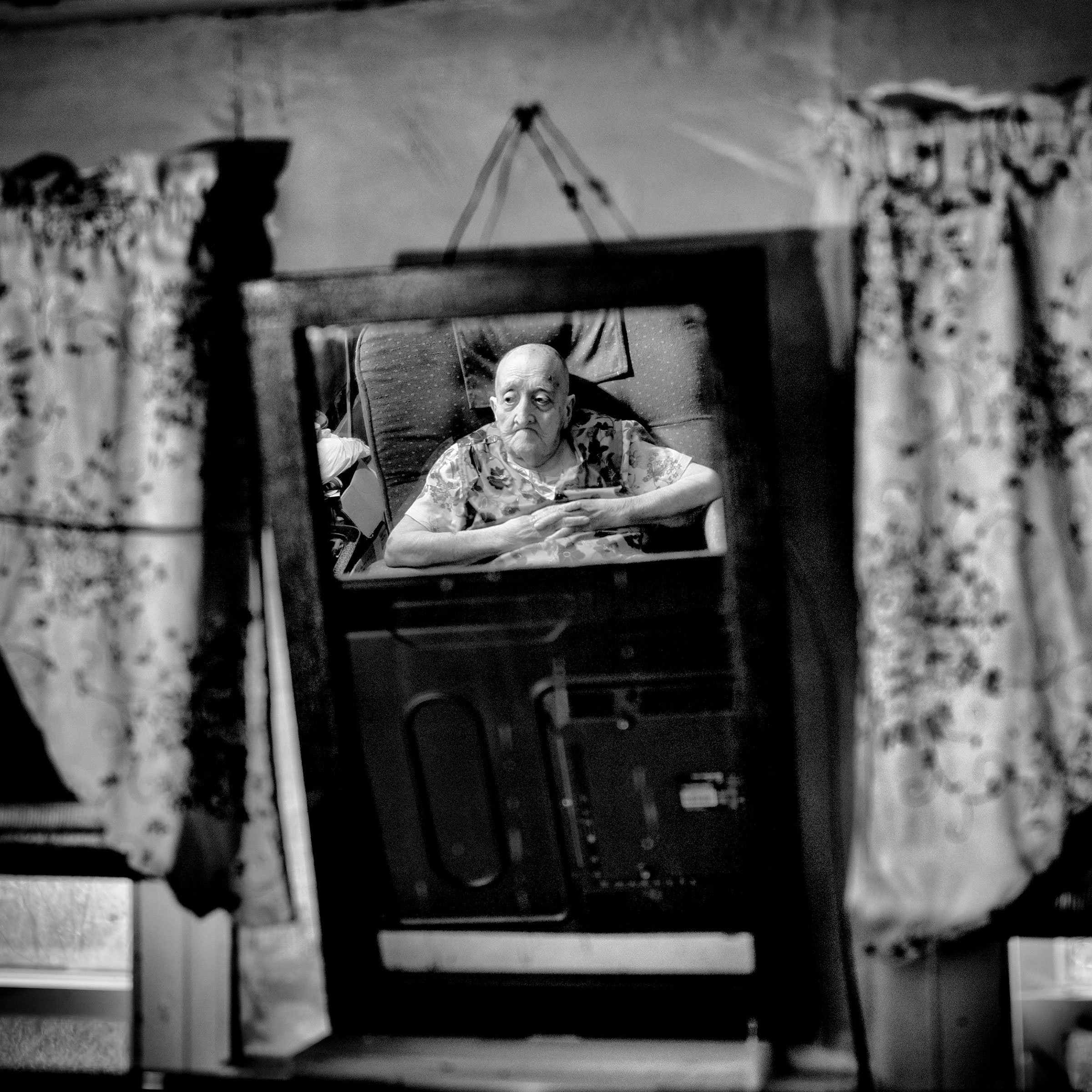
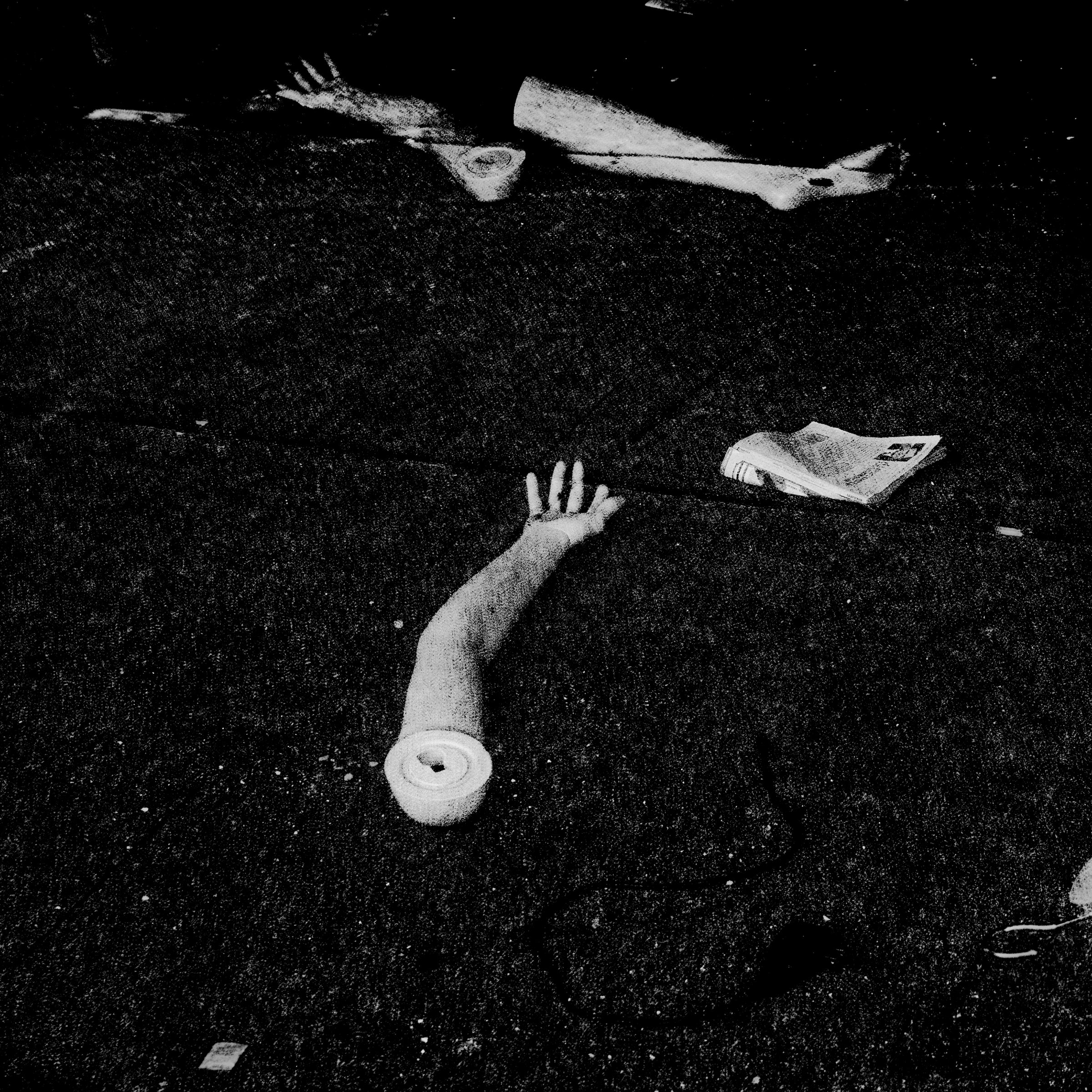
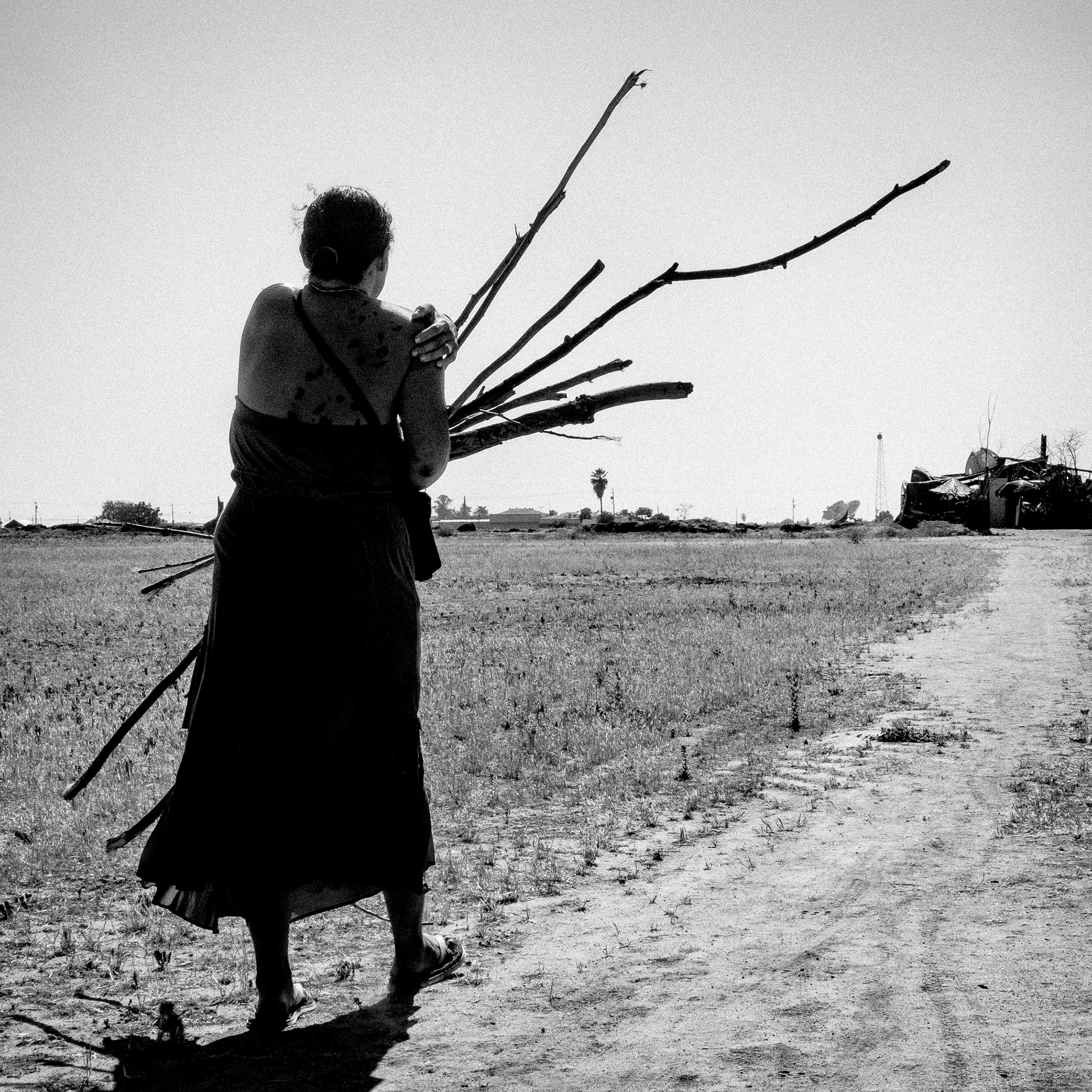
“So you understand: basically for 20-plus years as a photographer I focused on the Central Valley of California, the place that I’m from,” Black explains. The Central Valley is also where, in 1936, the author John Steinbeck took a newspaper assignment to write about the migrants from the Midwest uprooted by circumstance and living in camps. His article was accompanied by Dorothea Lange’s photograph “Migrant Mother” and inspired The Grapes of Wrath. A half century later, as Black documented the poor people working the same farms, he sensed that concentrating on one location allowed people elsewhere to avoid the connection between their lives, or the food on their plate, and poverty he was showing them. He imagined hearing: “Well, no, it’s some place some place in the middle of California that we’ve never heard of before.”
“So to escape that prejudice,” Black says, “I had to kind of escape geography—make the geography invisible by basically going everywhere.”
Another way of saying it: He found The Grapes of Wrath across the entire United States. “Each picture really is a picture of where I come from. Each picture is a picture of home.”
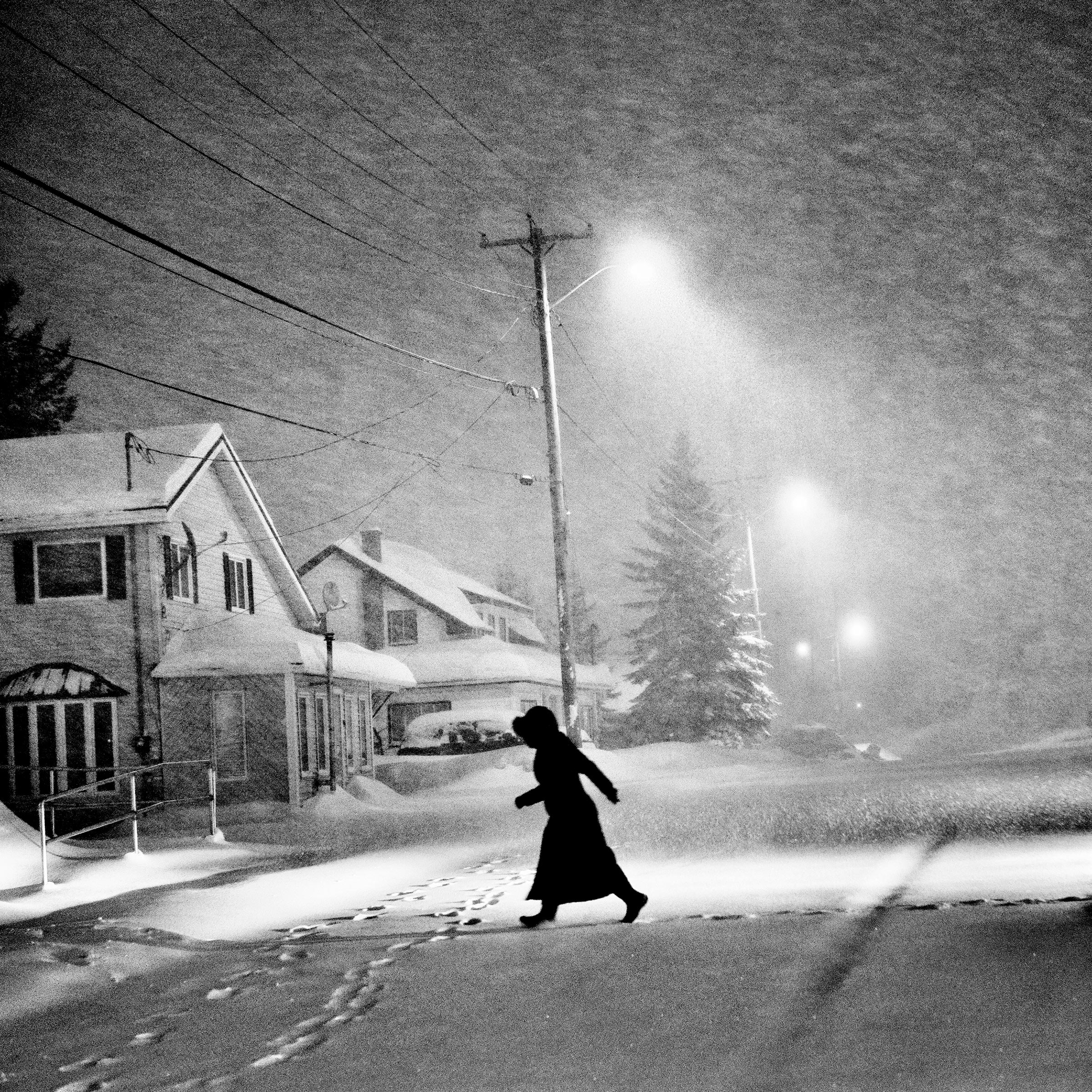

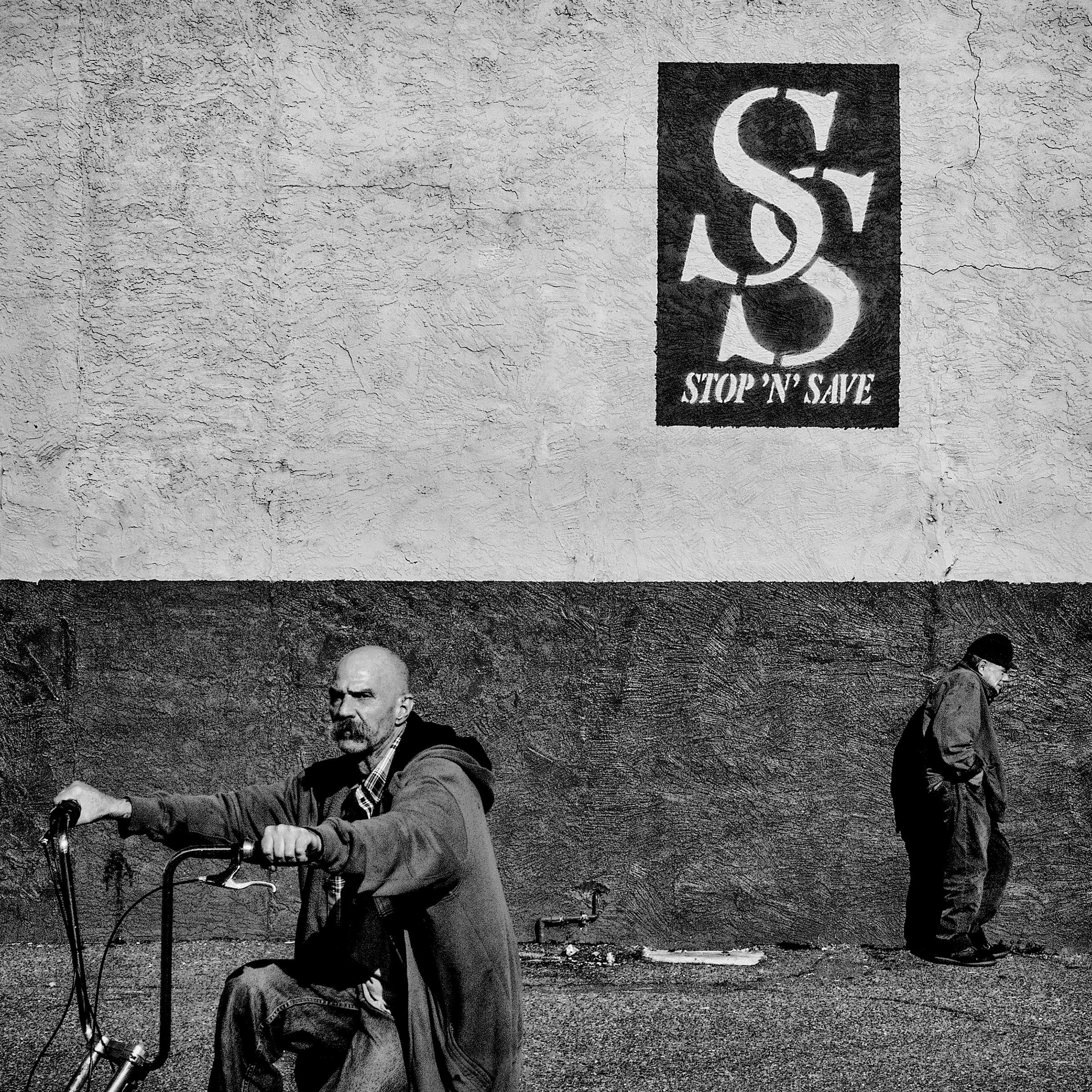
If the Great Depression was a discrete event, containable in brackets [1929-1940], what Black has been documenting is a trend, a five-decade decline described in the language of think tanks and policy papers as globalization, deindustrialization, income inequality, the back of the Invisible Hand. In American Geography, we meet a young man in Tuba City, Arizona who sells his blood to buy water.
“We’ve bought into the ideology of these presumptions—Land of Opportunity—that are completely not true, but are still so widely accepted,” Black says. “It all comes from that. It all comes from the idea of poverty in America being seen as a personal failure, rather than as a systemic issue.”
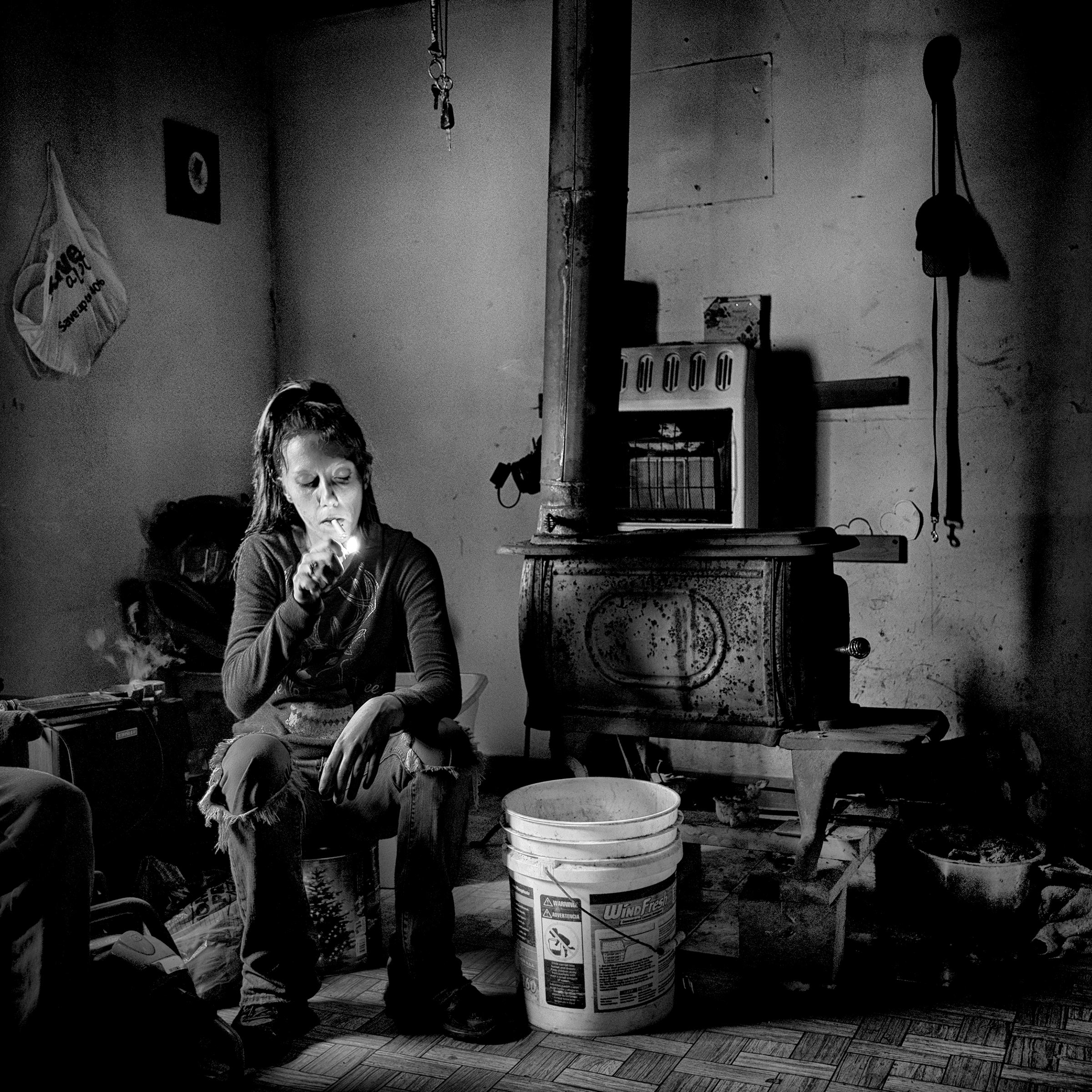


More Must-Reads from TIME
- Inside Elon Musk’s War on Washington
- Introducing the 2025 Closers
- Colman Domingo Leads With Radical Love
- Why, Exactly, Is Alcohol So Bad for You?
- The Motivational Trick That Makes You Exercise Harder
- 11 New Books to Read in February
- How to Get Better at Doing Things Alone
- Column: Trump’s Trans Military Ban Betrays Our Troops
Contact us at letters@time.com
